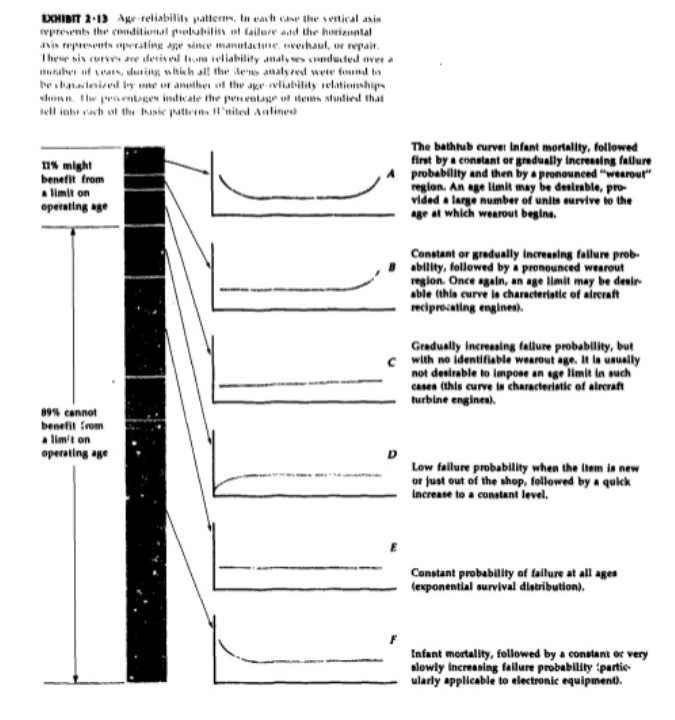
Trying to Respond to All Questions and Comments Concerning MTBF
Over the past couple of days, like most days, have received questions and comments concerning MTBF. I do try to respond to all questions and acknowledge the comments.
Glad to help in anyway I can, so please feel free to send me your questions. Certainly do appreciate the supporting comments, or any comments for that matter.
Let’s take a look a few such discussion that occurred over the past two days. [Read more…]











 Math, Statistics, and Engineering
Math, Statistics, and Engineering
 Are the Measures Failure Rate and Probability of Failure Different?
Are the Measures Failure Rate and Probability of Failure Different?